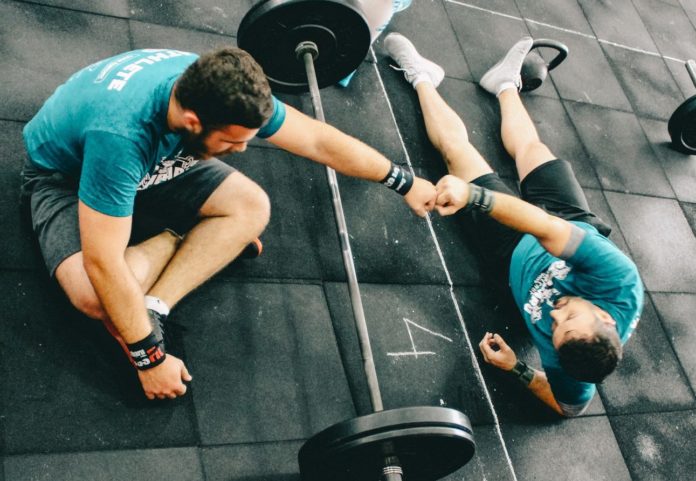
Lately, we’re becoming more aware of just how much daily life can negatively impact our pelvic floor strength. Strong pelvic floor muscles actively support your bladder and bowel and make intimacy better too. Here are a few very common myths about pelvic floor function that should be dispelled for all of our benefits.
It’s Only for Older People
Studies confirm that females of all ages, including athletes, experience urinary incontinence during sports. Pelvic muscle floor muscles are like any other muscle in our bodies— you use it or lose it. The earlier you start training them, the better.
Squeezing Is All That Matters
When performing squeeze and release exercises (aka Kegels) it’s not all about squeezing as hard as you can. This approach often leads to breath-holding and the use of the muscles around the pelvic floor (i.e inner thighs and glutes) instead of the actual pelvic floor muscles. Moreover, for the exercise to be effective, the relaxation part is just as important as the contraction.
Pelvic Floor Disruption Only Affects Women
Everyone, both women and men, have a pelvic floor. Men, as well as women, can experience symptoms like painful urination, muscle spasms in the pelvis, and lower back pain due to pelvic floor dysfunction.


